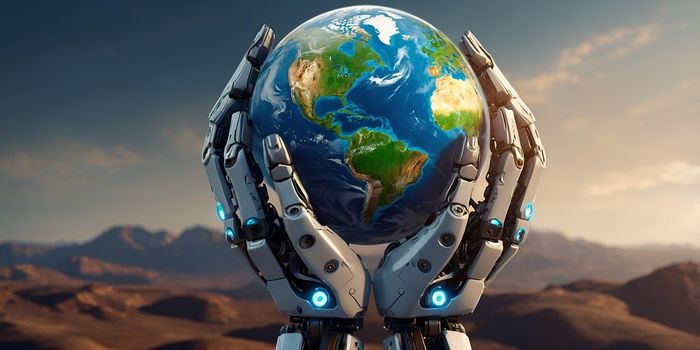The Amazon is Still Burning
Although other crises may be dominating international news headlines, the Amazon rainforest is still burning. The Wall Street Journal stated that more than 43,000 fires burned from January to August of this year. USA Today reports that September saw a 35% decrease in the number of fires, but there were still nearly 20,000 fire outbreaks during the month. The new fires occurred in the Brazilian region of the rainforest, which is, according to USA Today, home to two-thirds of the entire rainforest.
This video from the Wall Street Journal discusses concerns from world leaders such as French President Emmanuel Macron and Canadian Prime Minister Justin Trudeau, who consider the fires an international crisis. Brazil’s Minister of Environment, Ricardo Salles, recently traveled to the United States, and his commentary can be seen in the video below.
Deforestation is the leading cause of the fires, and even with September’s respite, experts expect the burning to continue. Nigel Sizer, chief program officer for the Rainforest Alliance, told USA Today that “The factors that led to such widespread fires in the first place—decreased enforcement of forest law, illegal deforestation for agriculture and invasion of indigenous territories—remain in place.”
Only under international pressure did conservative Brazilian President Jair Bolsonaro impose a two-month burn ban. He placed initial blame for the fires on yearly practices of burning old land to ready it for the next planting season. This was not true. According to USA Today, the President previously expressed his intention of boosting the country’s economy by any means necessary.
Emilio Bruna—professor of ecology at the University of Florida—told USA Today reporters that “There was an explicit message that started during the campaign and has carried through to the present day that the Amazon was open for business.” The grab for land has encroached on indigenous reserves, and as Bruna told USA Today, intimidation and violence have been used to remove land rights from indigenous communities.
USA Today reports that 20% of the Brazilian Amazon has been cleared since 1970. Trees are burned or logged to clear land for crops or cattle. Brazil’s National Institute for Space Research reported that there had not been this much deforestation in the region since 2008—with more than 8,000 square kilometers cleared. Continued burning may cause the world’s largest rainforest to reach the point of no return, in which it will begin to emit more carbon dioxide than it currently absorbs.
Sources: Wall Street Journal, USA Today








